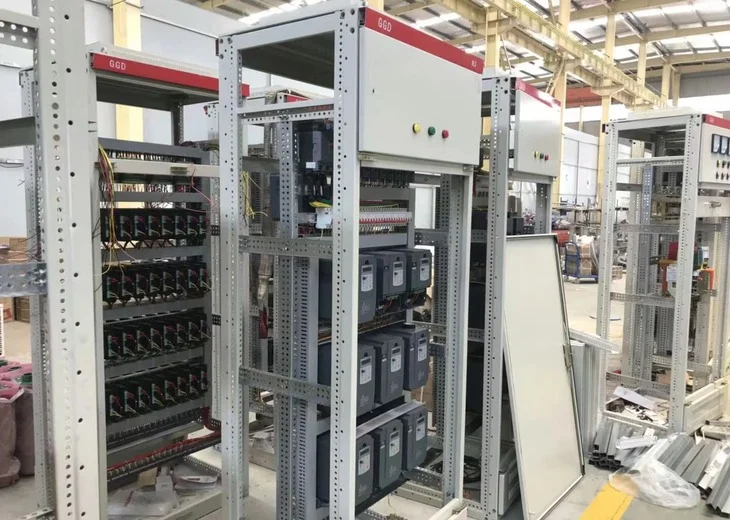
As an entrepreneur, understanding the lifespan of your business structure is crucial. This article will delve into the question, how long does a sole proprietorship last? We will explore the factors that determine its longevity, the potential reasons for its dissolution, and how to extend its lifespan.
A sole proprietorship is a business owned and operated by a single individual. It is the simplest and most common form of business structure. Unlike corporations or limited liability companies (LLCs), a sole proprietorship does not have a predetermined lifespan. In theory, it can last indefinitely, as long as the owner continues to operate the business.
However, the reality is that the lifespan of a sole proprietorship is directly tied to the life of the owner. If the owner retires, becomes incapacitated, or passes away, the sole proprietorship ceases to exist. This is because, legally, the business and the owner are considered one entity. Therefore, the business does not have a separate legal existence beyond the owner.
There are other factors that can influence the lifespan of a sole proprietorship. These include the business's profitability, market conditions, and the owner's ability to adapt to changes. If the business is not profitable, or if market conditions become unfavorable, the owner may decide to close the business. Similarly, if the owner is unable or unwilling to adapt to changes in the business environment, the sole proprietorship may not survive.
So, how can you extend the lifespan of a sole proprietorship? One way is to ensure the business's profitability. This can be achieved by offering products or services that meet the needs of your target market, and by managing your business finances effectively.
Another way is to stay adaptable. This means being willing to change your business strategies, products, or services in response to changes in the market. It also means being prepared for unexpected events, such as economic downturns or personal emergencies.
Finally, you can extend the lifespan of your sole proprietorship by planning for succession. This involves identifying a successor who can take over the business when you are no longer able to run it. While this does not guarantee that the business will continue to exist, it can increase its chances of survival.
In conclusion, the lifespan of a sole proprietorship is not fixed. It can last as long as the owner continues to operate the business, and as long as the business remains profitable and adaptable. By planning for succession, you can also increase the potential lifespan of your sole proprietorship.



